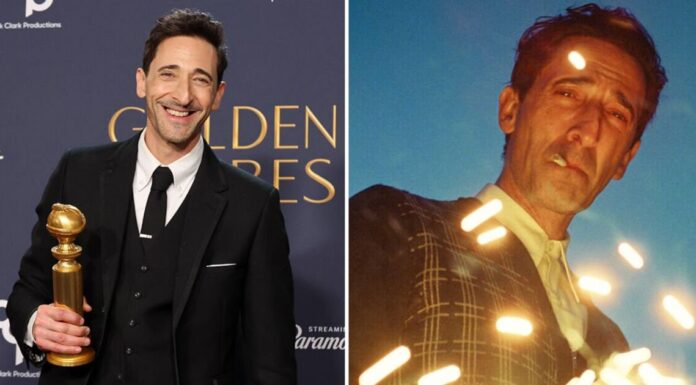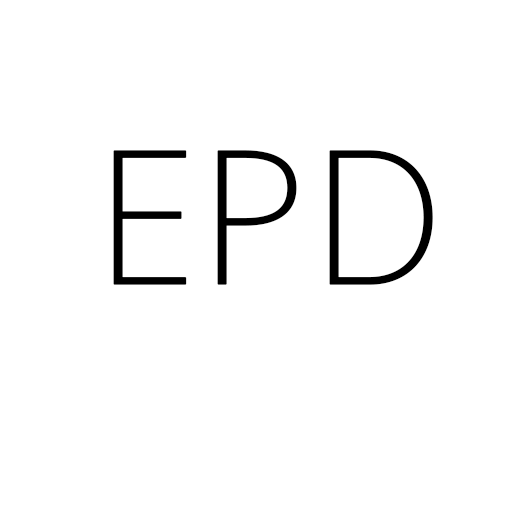Production of organically farmed fish is growing exponentially.
Organic aquaculture is on the rise in the EU.
Although it accounts for less than 7% of total EU aquaculture production, between 2015 and 2020 output grew by 60%.
In Europe as a whole, Norway is by far the largest producer of organically farmed fish with 54,000 tonnes, says Eurostat.
European Union-wise, Ireland is the leader, with over 34,000 tonnes, followed by Italy with over 22,000 and the Netherlands with almost 14,000
According to the EU’s Organic Aquaculture report, mussels have the largest market share – among organically and non-organically farmed species – followed by salmon and trout.
Rainbow trout is the most valuable species among them as it’s considered one of the safest farmed fish to eat, with high levels of vitamin B.
What is sustainable fish farming?
The EU has outlined a series of guidelines describing sustainable fish farming.
Organic aquaculture involves practices such as ensuring the aquatic environment’s and surrounding ecosystems’ health, as well as feeding fish with sustainably sourced fish and organic agricultural products.
Regulators also stress the importance of limiting the use of non-renewable sources and avoiding endangered species “of conservation interest”.
How much farmed fish does the EU produce compared to the rest of the world?
Speaking about aquaculture in general, Greece is the EU country that produces the most valuable output (an estimated €844 million), followed by Spain (€803 million), France (€791 million) and Italy (€553 million).
However, EU aquaculture production remains extremely tiny on a global scale.
The bloc’s annual output – 1.1 million tonnes – is less than Norway’s sole yearly production (1.6 million tonnes a year).
Video editor • Mert Can Yilmaz













